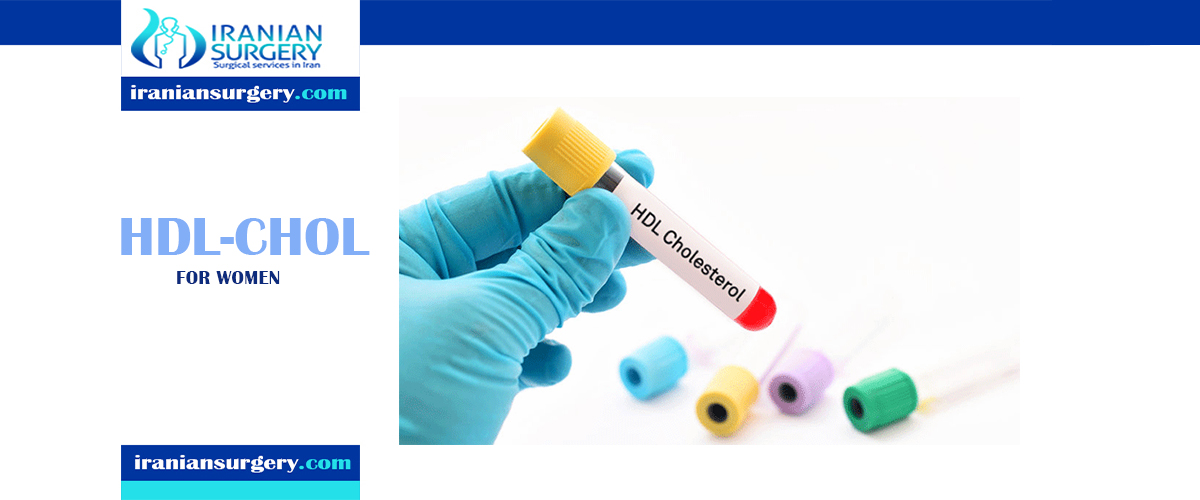HDL-CHOL

HDL Cholesterol
What is being tested?
High-density lipoprotein (HDL cholesterol, HDL-C) is one of the classes of lipoproteins that carry cholesterol in the blood. HDL-C consists primarily of protein with a small amount of cholesterol. It is considered to be beneficial because it removes excess cholesterol from tissues and carries it to the liver for disposal. Hence, HDL cholesterol is often termed “good” cholesterol. The test for HDL cholesterol measures the amount of HDL-C in blood.
High levels of cholesterol have been shown to be associated with the development of hardening of the arteries (atherosclerosis) and heart disease. When cholesterol levels in the blood increase (not enough is removed by HDL), it may be deposited on the walls of blood vessels. These deposits, termed plaques, can build up, causing vessel walls to become more rigid, and may eventually narrow the openings of blood vessels, constricting the flow of blood.
A higher level of blood HDL-C is usually associated with a lower risk of developing plaques, lowering the risk of heart attack or stroke.
How is the sample collected for testing?
A blood sample is obtained by inserting a needle into a vein in the arm. Sometimes a drop of blood is collected by puncturing the skin on a fingertip. This fingerstick sample is typically used when HDL-C is being measured on a portable testing device, for example, at a health fair.
Is any test preparation needed to ensure the quality of the sample?
Since this test is usually performed as part of a complete lipid profile, fasting for 9 to 12 hours before sample collection is typically required; only water is permitted. Your healthcare practitioner may decide that you may be tested without fasting. Follow any instructions you are given and tell the person drawing your blood whether or not you have fasted. For youths without risk factors, testing may be done without fasting.

